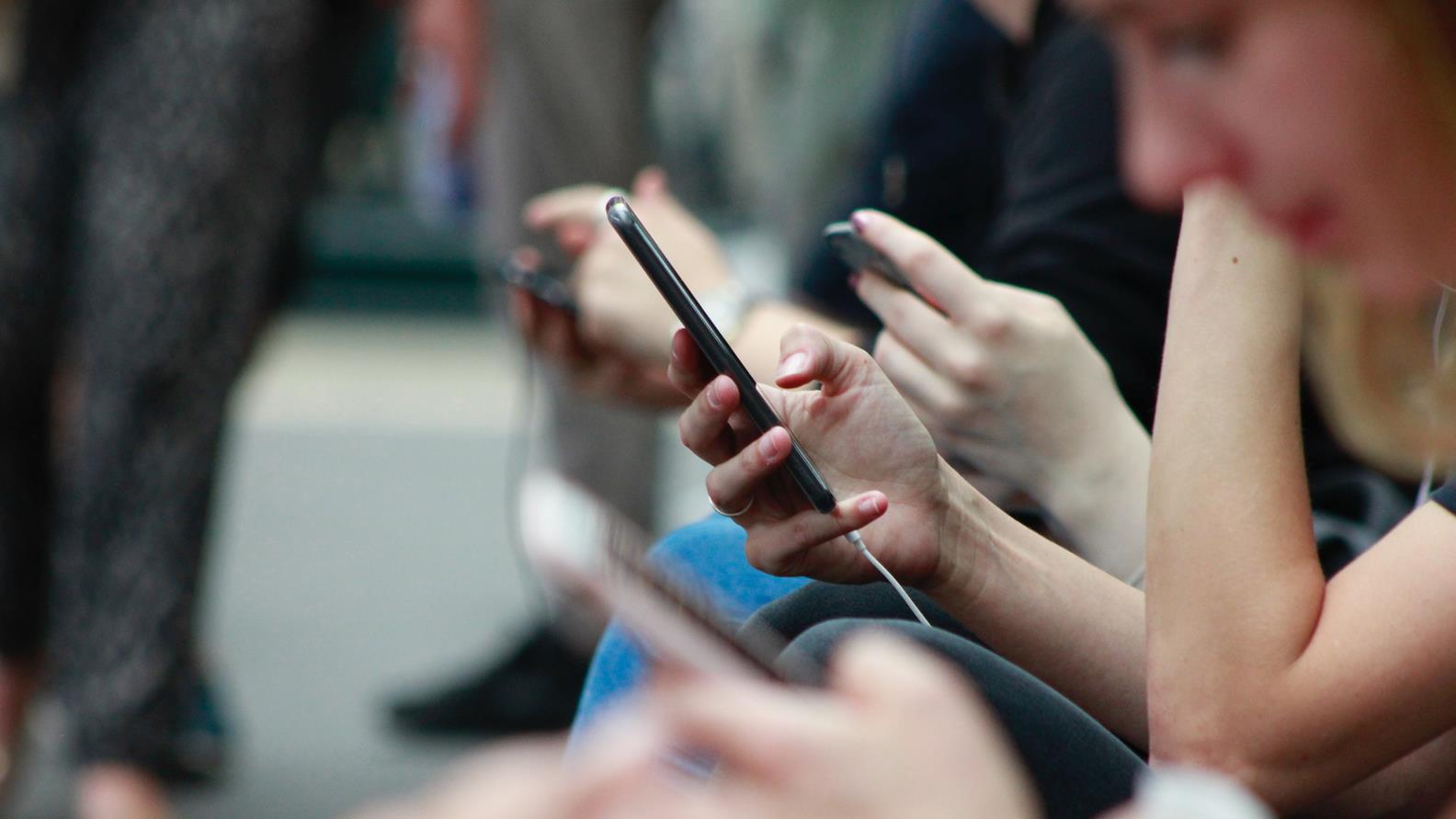Did You Know?
Digital disruption
Who hasn't heard of digitalization? The term is everywhere. Whether you order food, work from home or go for a run - digital processes constantly influence our lives, mostly in a positive way. For companies though, digitalization can be a constant challenge in order to stand out from competition.
The new normal
“Free WiFi”, “download app”, “accept cookies” – words that accompany us through our everyday life. For most of us, thinking about our childhood means describing a state of life to which the world we live in now is a utopia. With the first e-mail being sent in 1971 the digital boom was initiated. But back then, only a few people realized the massive change to come.
Within the blink of an eye, more data was stored digitally than in analogue form, augmented reality was invented, and eventually autonomous driving was introduced in 2014.
Today, fast-paced lives and unlimited options are the new normal, and even thinking about going back to the state of 1996 seems unreal – for good reason.
Digital processes improve everything. They let us order food from our bed and talk to a friend on the other side of the globe. The automatic analysis of data tailors all our digital options to our specific needs and helps us make everyday choices. For the individual user, therefore, digitalization can be described simply as: CONVENIENCE.
The digital challenge
However, looking at it from a different perspective, digitalization can be a huge challenge, too. While individuals almost exclusively benefit from digital innovations, for corporations they can be a great threat. They have to constantly rethink their processes, reevaluate their actions and analyze the outcome. After all, it is their responsibility to provide the digital innovations that everyone is expecting. “How can we make our products and services even more convenient? What are our competitors doing?” If companies want to keep their customers and the option to thrive in the future, these are the questions to ask.
What about digitalizing the craft sector?
Believe it or not, even in the craft sector technologies have grown to be an indispensable part of daily work life. In 2020, more than half of craft businesses already relied on digital technologies.
Here, the most common technologies used are:
-
Cloud computing, which 27% of the companies use.
-
Smart software, which 13% of companies use e.g. for synchronizing their work hours with their projects.
-
Tracking systems, which are used by 12% of companies to track machines and operating resources.


Of course, there are technologies which aren’t used that often, like 3D-technology, drones and robots. Still, most craft companies see digitalization as essential part of the future, even though it can be a great challenge.
To be more specific, 19% of companies say digitalization has a direct impact on the core craft business model. 21% already offer new products and services, which experts acknowledge as enhancing a competitive advantage.
In the meantime, some features of digitalization have proven themselves to be even more useful:
For example…
-
97% of craft businesses have their own homepages.
-
84% are findable on online directories like Google Maps.
-
And 30% are even active on social networks like Pinterest, Facebook, Instagram or YouTube.
Switching to digitalized processes doesn’t just happen overnight. In 2020, German craft businesses spent around €2000 on computers, smartphones, smartwatches and other digital devices. And a process like that does not just incur financial expenses. It also costs efforts to train employees and restructure internal processes. Still, recent market developments show that the struggle is worth the investment. Accordingly, digitalization can not only give you market advantages but also secure the pure existence of your craft business.





